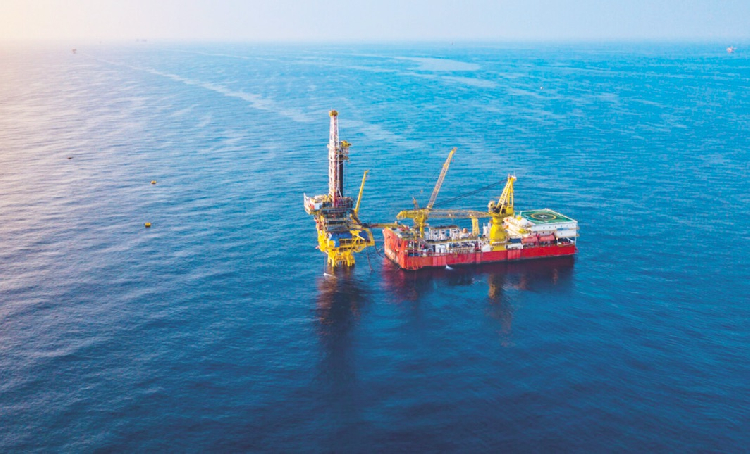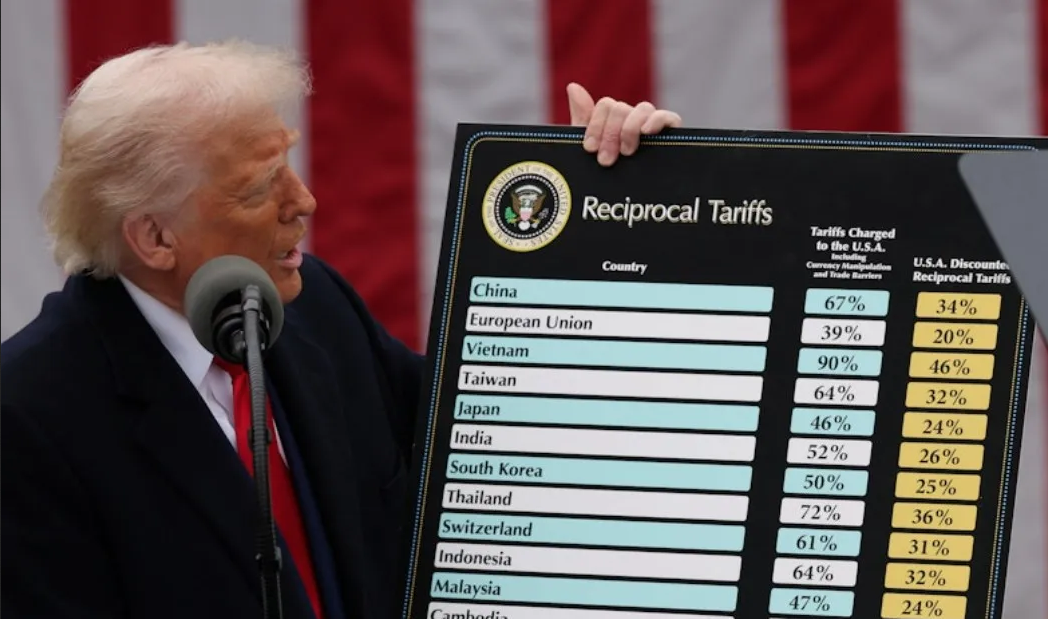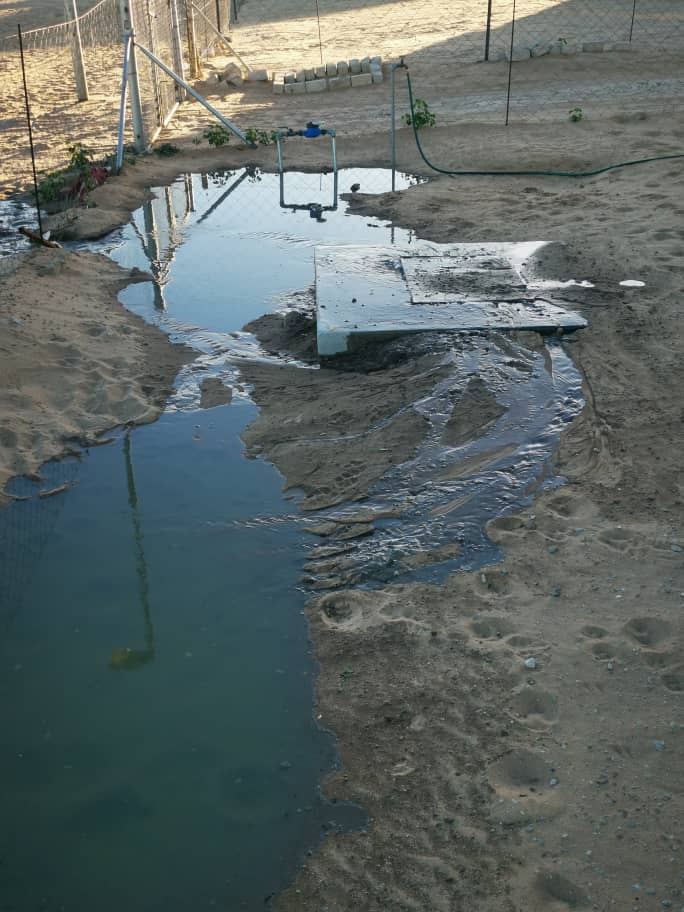GLOBAL oil and gas company, Royal Dutch Shell Plc (Shell), has reportedly made a massive oil discovery off the coast of Namibia worth an estimated N$334 billion.
But that value is only worthwhile if the quality is good and the companies involved agree to commercialise.
The discovery was reportedly made on the Petroleum Exploration Licence 39 (PEL 39), which is owned by Shell (45%) and Qatar Petroleum (45%), with the National Petroleum Corporation of Namibia (Namcor) owning the remaining 10%.
PEL 39 lies in the south-western part of the Kudu gas project and in the same region as the TotalEnergies and ExxonMobil licensed areas.
According to a Reuters report, the discovery at the Graff-1 well was made following drilling operations that began last month and which three sources with credible know-how on the drilling have confirmed.
The well results, as reported by Reuters, have shown at least two reservoirs containing what one of the sources described as a significant amount of oil and gas.
According to a second source, the drilling results have shown one layer at least 60 metres deep of hydrocarbons, holding an estimated 250 to 300 million barrels of oil and gas equivalent.
Estimated at current averages of US$88 per barrel, this adds up to a reservoir worth over U$29 billion, equivalent to N$334 billion at current prices.
Namcor managing director Immanuel Mulunga could not confirm nor deny the discovery yesterday, but told The Namibian that his company, the mines and energy ministry, as well as the two foreign entities, as owners of PEL 39, will make a joint statement on the results of the drilling on or before 4 February.
If such a discovery was made, this could spiral into an investment frenzy in a country that has been dry of foreign direct investments in the last four to five years.
Ironically, the country also appears to be at a crossroads and would have its convictions tested, especially following commitments made on several platforms that the country was going to pursue green energy.
Mines and energy minister Tom Alweendo last year said the country was going to turn to green hydrogen as its key energy focus and it is not clear how this discovery is going to impact that drive.
Much speculation and expectations have been made on Namibia’s possibility of becoming a global oil and gas player over the decades, but none has had the chance to become operational.
This could be Namibia’s chance to finally join the Organisation of the Petroleum Exporting Countries (Opec) alongside neighbouring Angola, which has been instrumental in the trade of illegal fuel in the northern part of the country.
The ministry’s spokesperson, Andreas Simon, said operations for the Graff-1 well are still ongoing.
“It is our objective to safely execute the operations and collect quality data to enable a thorough assessment of the prospect’s potential. As soon as all the data have been analysed, the ministry will announce the full results,” he said.
This discovery also comes as Shell begins winding down on its oil production as part of a plan to shift to renewable energy and low-carbon fuels. But even so, the company could opt to develop a new field to replenish its reserves and replace production declines elsewhere.
It is not easy to develop new oil and gas fields in a country with no existing energy infrastructure and regulation, and this could be the reason many companies have been staying away from Namibia although they have of late been showing interest.
Notable names that now have interest in Namibia’s possibility of oil production include ExxonMobil, TotalEnergies and ReconNamibia.
Last year, IHS Markit analyst Hugh Ewan was quoted saying if successful, Graff-1 could spark significant international investment to a region which has had minimal E&P exploration and production activity over the last 25 years.
Email: lazarus@namibian.com.na
Twitter: @Lasarus_A
Stay informed with The Namibian – your source for credible journalism. Get in-depth reporting and opinions for
only N$85 a month. Invest in journalism, invest in democracy –
Subscribe Now!










